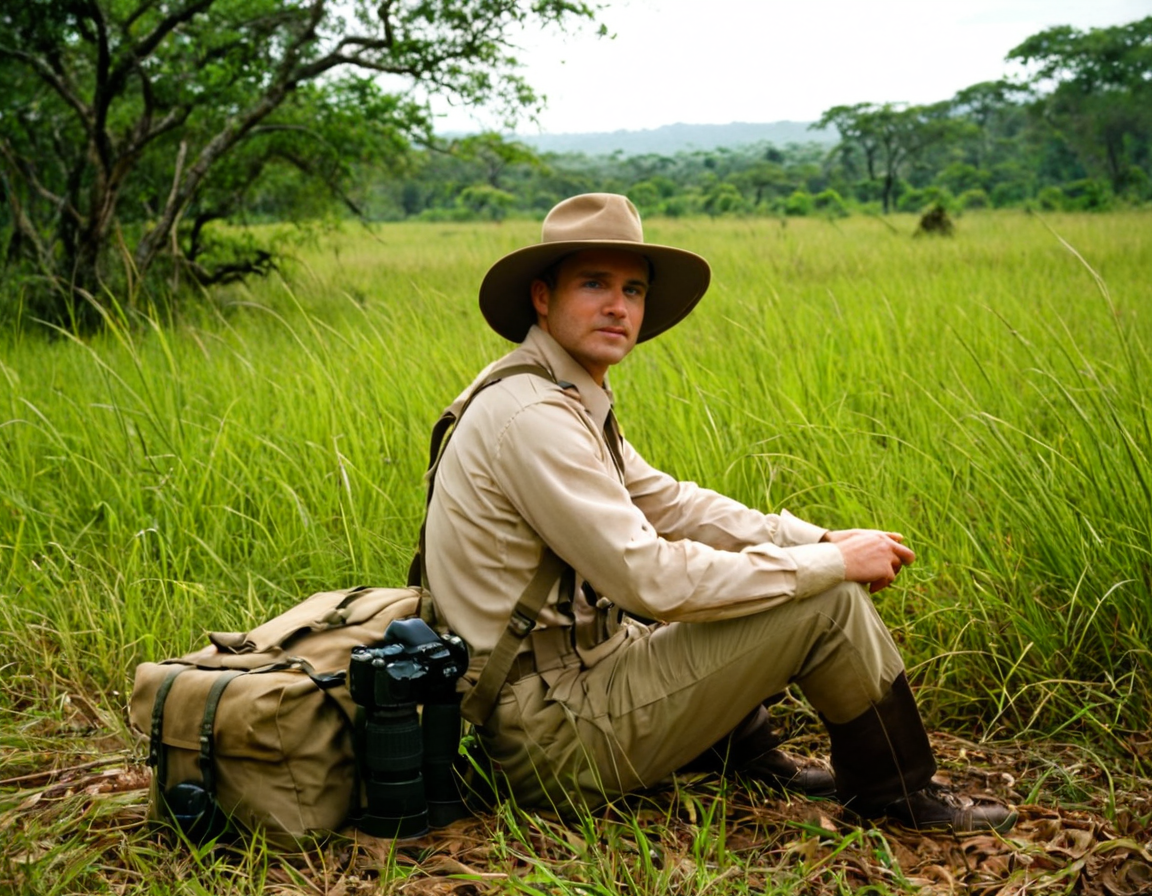Safari Kit List - Essential Wildlife Gear

The Ultimate Kit List for Wildlife Photography on Safari: Essential Gear for Capturing Unforgettable Moments
As we venture into the wild, our cameras become an extension of ourselves, allowing us to capture the beauty and majesty of the natural world. However, without the right equipment, even the most seasoned photographers can fall short of their goals. In this comprehensive guide, we will explore the essential kit list for wildlife photography on safari, empowering you to take your craft to new heights.
Planning and Preparation
Before we delve into the gear, it’s crucial to acknowledge the importance of planning and preparation. Researching the location, understanding local regulations, and obtaining necessary permits are just a few aspects to consider. A well-planned expedition will significantly impact the success of your photography endeavors.
Understanding Local Regulations
Familiarize yourself with local laws and guidelines regarding wildlife photography. Respect the animals’ habitats and follow best practices to avoid disrupting their natural behavior.
Camera Equipment
A good camera is only half the equation; the right accessories can make all the difference.
DSLR or Mirrorless Camera
Invest in a high-quality DSLR or mirrorless camera with excellent low-light performance, fast autofocus, and weather-sealing. Brands like Nikon, Canon, and Sony offer exceptional options.
Lenses
A good lens is essential for capturing sharp images. A telephoto lens (200-500mm) is a must-have for wildlife photography, allowing you to capture intimate moments from a safe distance.
Tripod and Monopod
Stability is crucial when shooting in low light or with long lenses. Invest in a sturdy tripod and monopod to ensure smooth panning and sharp images.
Batteries and Memory Cards
Pack spare batteries, memory cards, and a battery grip to minimize downtime during expeditions.
Lighting and Modifiers
Lighting can make or break an image. Be aware of the golden hour, overcast skies, and artificial light sources.
Softboxes and Umbrellas
Softboxes and umbrellas can add depth and interest to your images. However, be cautious not to create harsh shadows or disrupt the animal’s behavior.
Post-Processing and Editing
A well-edited image can elevate an already exceptional photograph. Familiarize yourself with post-processing software like Lightroom and Photoshop.
Color Grading and Local Adjustments
Learn to adjust white balances, exposure compensation, and color grading to enhance your images without over-processing.
Safety and Conservation
Wildlife photography is not just about capturing images; it’s also about respecting the animals and their habitats.
Keep a Safe Distance
Maintain a safe distance from the wildlife to avoid disrupting their natural behavior or causing stress.
Conclusion
Capturing unforgettable moments on safari requires dedication, planning, and the right equipment. By following this comprehensive guide, you’ll be well-equipped to take your wildlife photography to new heights. Remember to respect local regulations, prioritize animal welfare, and always strive for excellence in your craft.
The question remains: will you answer the call to capture the beauty of the wild?
Tags
wildlife-photography safari-gear essential-kit camera-gear nature-shooting
About Sarah Davis
Photography enthusiast & expert Sarah Davis helps creative photographers refine their craft through inspiring tutorials, innovative tools, and actionable tips on lentecreativa.com.
